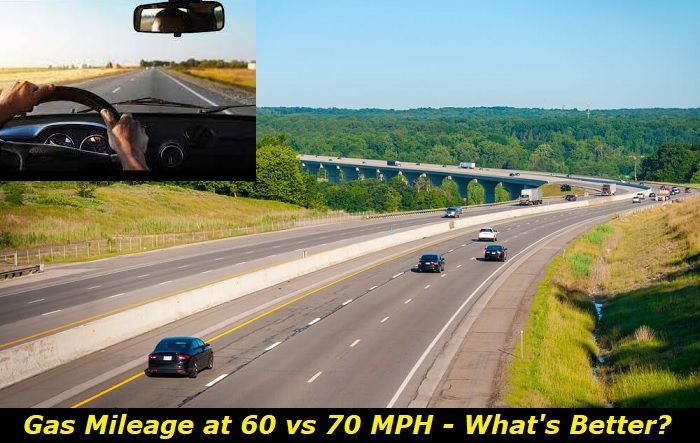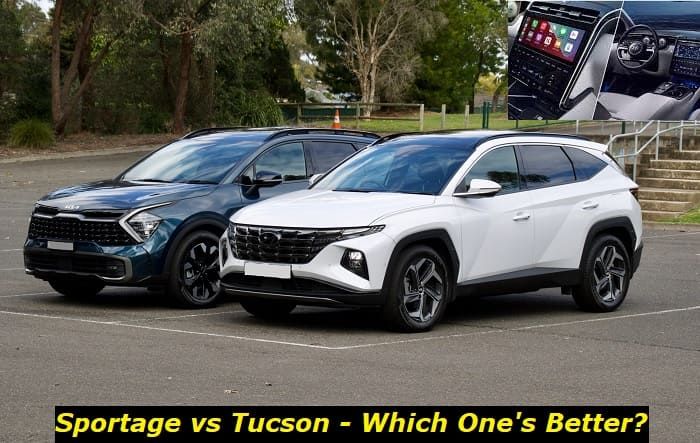Mazda is famous for making reliable and powerful engines. No, they aren't on the list of the most durable powerplants in the world. But I don't know a single Mazda engine with poor durability that the company should be ashamed of.
Mazda engines always offer a lot of power and can significantly improve your driving experience if you drive a Mazda car after owning any other middle-class vehicle. This is the bridge between affordable cars and premium models. But, of course, these engines still have their own problems that need to be considered.
.jpg)
In this article, I will tell you about Mazda engines, their common issues, and also tips on how to drive these engines longer. I will also give links to more detailed articles for you to get more information about each engine you are interested in.
Mazda 2.5L PY-VPS engine
This is probably one of the most popular Mazda engines nowadays. It's the 2.5L base non-turbocharged 4-cylinder powerplant that powers the new CX-5, CX-30, and also other vehicles. The engine belongs to the Skyactiv-G family.
One of the most complicated technologies used here is the phaser. There are phasers on each camshaft. They are the Dual S-VT valve timing systems. The cams are driven by the chain which is more durable than it may seem to be at first glance.
The PY-VPS engine is not turbocharged, it has hydraulic lifters. There are several modifications with other codenames and indexes which are basically the same engines. Almost all Mazda models have been equipped with this engine in certain trims.
I should say that the fuel efficiency is perfect. It's much better than you would expect to get from a non-turbo 2.5L engine.
Also, there is the PY-VPTS engine that includes a turbocharger and can develop up to 250 horsepower in stock. Of course, you should add turbo issues to the portfolio of this powerplant.
Key features and my opinion:
- Production years:2013-now
- Average lifespan of PY-VPS:210,000-240,000 miles
- Fuel supply type:direct injection
- Power range:185-195 hp
- Fuel efficiency:good
- Engine block material:aluminum
- Engine reliability score:medium
- The most common problems:oil consumption, complicated fuel-supply system, drive belt problems, electronic thermostat issues.
Mazda 2.0L PE-VPS engine
The PE-VPS is the little brother of the previously described engine. It's also the Skyactive-G family and basically, it differs only in its displacement from the PY-VPS. We are talking about the 2-liter 4-cylinder engine with no turbocharger.
The same chain on camshafts, the same Dual S-VT phaser on both cams, the same hydraulic lifters, and all other parts. The only difference is in the displacement and also available power. Thanks to smaller displacement, the engine may surprise you with wonderful gas mileage and high overall fuel efficiency.
I should warn you that the first model years were really problematic and had issues with ECU software. There were recalls, so if you own the early PE-VPS engine, you should check whether all the updates were installed in your vehicle.
Key features and my opinion:
- Production years:2012-now
- Average lifespan of PE-VPS:190,000-220,000 miles
- Fuel supply type:direct injection
- Power range:150-165 hp
- Fuel efficiency:good
- Engine block material:aluminum
- Engine reliability score:medium
- The most common problems:software problems in early years, fuel system contamination, problems with drive belt, electronic thermostat issues.
Mazda 3.3L e-Skyactiv G engine
This is the fresh e-Skyactiv G family engine that offers hybrid technologies and wonderful durability of the gas-powered part of the hybrid system. The engine is in-line 6-cylinder with a great displacement of 3.3 liters.
There is a turbocharger in this engine to make it even angrier. The hybrid part will only assist you during the operation of the start-stop system and add some torque. It's not the kind of hybrid you need to worry about, charge, etc.
The engine comes in two versions - simple Turbo and also angry Turbo S. It's important to note that still, nobody can say anything about the durability of this engine because there are no high-mileage units to base our predictions on.
Key features and my opinion:
- Production years:2022-now
- Average lifespan of e-Skyactiv G 3.3L:160,000-190,000 miles
- Fuel supply type:direct injection
- Power range:280-340 hp
- Fuel efficiency:good
- Engine block material:aluminum
- Engine reliability score:medium
- The most common problems:timing chain issues, weak phasers, engine is afraid of overheating, hybrid problems.
Mazda 2.0L MZR-L engine
The MZR L-Series engine was offered by Mazda about a decade ago and was installed in dozens of Mazda and Ford vehicles. The 2-liter version of this engine was the most popular among buyers.
The codes LF-DE, LF-VE, and also LF-VD were the most common but there were other options. The engine was pretty simple and reliable. It had a timing chain, different modifications with and without phasers, options with direct or port injection systems.
Mazda squeezed everything it could from the aluminum block with only 2 liters of displacement. The fuel efficiency wasn't perfect as the company tried to make a high-performance yet very simple and long-lasting engine. Of course, it still had a lot of flaws and common issues.
Key features and my opinion:
- Production years:2002-2015
- Average lifespan of MZR L-series:190,000-220,000 miles
- Fuel supply type:direct injection / port injection
- Power range:140-160 hp
- Fuel efficiency:average
- Engine block material:aluminum
- Engine reliability score:medium
- The most common problems:intake manifold flaps problems, throttle issues, thermostat and water pump failing, timing chain stretching, oil consumption, no lifters.
About the authors
The CarAraC research team is composed of seasoned auto mechanics and automotive industry professionals, including individuals with advanced degrees and certifications in their field. Our team members boast prestigious credentials, reflecting their extensive knowledge and skills. These qualifications include: IMI: Institute of the Motor Industry, ASE-Certified Master Automobile Technicians; Coventry University, Graduate of MA in Automotive Journalism; Politecnico di Torino, Italy, MS Automotive Engineering; Ss. Cyril and Methodius University in Skopje, Mechanical University in Skopje; TOC Automotive College; DHA Suffa University, Department of Mechanical Engineering






Add comment